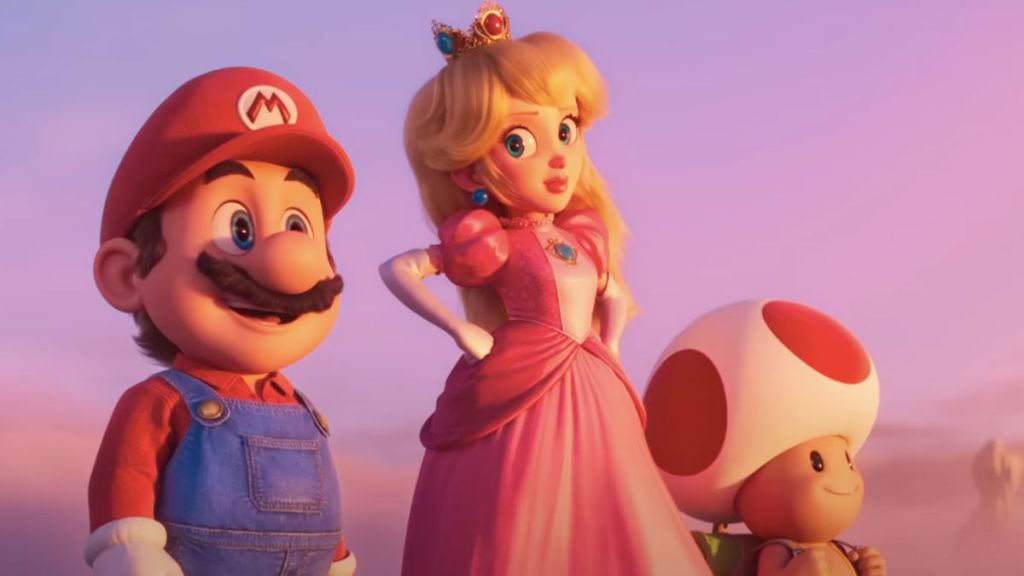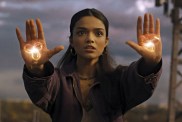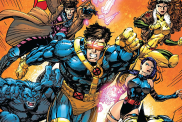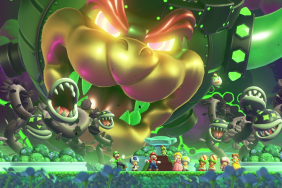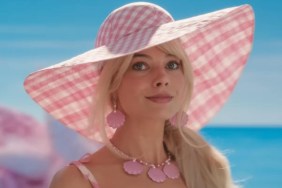The Super Mario Bros. Movie is the latest in a long line of smash hit movies from Illumination, one of two animation studios under the Universal umbrella. Illumination launched in 2010, over a decade after DreamWorks — Universal’s other animation company — and still lags behind its sister studio (as well as others like Disney and Pixar) when it comes to critical reception. Regardless of this, Illumination has had significant cultural relevance since it released its first feature film, Despicable Me, which quickly became the flagship franchise of the studio, along with its popular Minions spin-off series.
Now, it’s looking like Mario may turn out to be another cornerstone of the studio; The Super Mario Bros. Movie earning over a billion dollars at the box office is looking like a lock – and will surely spawn multiple sequels and potentially even some spin-offs based on other Nintendo properties – making it yet another Illumination movie to be a massive hit with audiences despite its appeal eluding critics. In fact, Illumination might just be the most critic-proof movie studio out there right now. But why? What is it that makes the world go gaga for these movies that have made Illumination a name film buffs have come to loathe?
One point in Illumination’s favor is that its designers and animators have nailed down a house stye of sorts that is goofy and full of bright colors. Most of the time it’s not overly silly, but just whimsical enough to stand out and make audiences take notice and for even the villainous characters to not be frightening to children. Going hand in hand with this is the emphasis on fast-paced action – even when there’s not a big set piece happening on screen, characters will often zip around the screen in a frantic, quirky manner – and silly sight gags, both of which are attention-grabbing to people, especially kids. All of this contributes to the overall vibe of Illumination’s catalog of movies, one which communicates a sense of fun and wackiness to all demographics.
Illumination’s characters aren’t only memorable but marketable. While Disney has the Princess market cornered and Pixar has franchises ripe for toy lines such as Cars and, naturally, Toy Story, Illumination takes the crown when it comes to “adorable” characters, most notably, the aforementioned Minions characters. They have a distinct look which not only makes for cute plush toys but for a relatively easy Halloween costume. While their style of humor is undoubtedly childish, their unique language makes it applicable in many places worldwide, as it doesn’t rely on certain language conventions to maintain the jokes.
Illumination has tried to recreate this to an extent by including other cutesy characters in subsequent movies, most notably the Barbaloots in The Lorax (and to a much lesser extent, the Toads in The Super Mario Bros. Movie) but nothing has topped the popularity of the Minions. The combination of their appearance and humor has led to them becoming the mascots of Illumination, and their reach has expanded to unexpected demographics: namely, adults who like memes.
Yes, memes are another prominent element of Illumination’s history. While the internet often thinks it has more cultural impact on the film industry than it actually does, many of the memes and trends related to Illumination properties seem to be examples of how the web can help expand the audience for a piece of media. Case in point: the aforementioned Minions memes, which became a big hit with Baby Boomers and Gen-Xers on Facebook. These age groups may not be the target demographic of the Despicable Me franchise, but parents and grandparents of that age ultimately decide what their kids get to go see in the movie theatre, so if a studio can make their movie appealing to all ages, that says a lot. Even younger generations had gotten in on it, with the #Gentleminions trend on TikTok when Minions: The Rise of Gru was in cinemas back in 2022. (The movie ended up being one of the first films to cross the billion-dollar mark since the beginning of the COVID-19 pandemic.)
It’s hard to say whether all of this is a case of a company pushing the online presence of their properties to raise awareness or the response to the movies from fans (probably a mixture of both) but there are certainly moments in some of Illumination’s movies that indicate the studio actively wants to make a splash on the internet. The most recent example of this is the “Peaches” moment in The Super Mario Bros. Movie, in which Bowser sings a silly little song about his obsession with Princess Peach that doesn’t exactly work as a song on its own the way something like Frozen’s “Let It Go” does, but seems custom-designed to catch on as a meme on social media, which it indeed has.
Looking at why critics don’t tend to be kind to Illumination is interesting, because it doesn’t seem to be a case of the audience overlooking the much-maligned elements of these movies as much as viewing what critics see as flaws of these films as features. By and large, Illumination’s movies have been criticized for having basic stories, a focus on humor over plot, and not really pushing the envelope when it comes to storytelling or messaging. Movie buffs see these aspects of Illumination’s “formula” of sorts as lazy, while general audiences see them as contributors to the fun, feel-good vibe of the studio’s output.
The Minions movies provide a bunch of silly set pieces and gags featuring the titular pill-shaped creatures, and that’s exactly what people who became fans of the characters in the Despicable Me movies wanted to see. The Sing movies are based on reality shows like America’s Got Talent and throw every talent show trope and star search cliche in the world onto the screen, but those are exactly the kind of feel-good stories that audiences will eat up, both in movies and the reality TV genre itself (thow a global pandemic into the mix and it’s no surprise that the sweet and optimistic Sing 2 garnered a rare A+ on CinemaScore).
Even when it comes to The Super Mario Bros. Movie — the first Illumination feature to be based on a previously-existing property not created by Dr. Seuss — “not moving the needle” may have made the film a bore for critics, but was a joy (and relief) for audiences, as the movie stayed faithful to the Mario video games and most folks wanted no more or less than that.
Bottom line, Illumination is seen as an “inoffensive” brand. The silliness and “safeness” of its films make the studio a critical disappointment but an audience darling. People know what they’re getting themselves into when going to see these movies, which is something that parents in particular often look for when choosing entertainment for their children. At a time when other studios known for children’s media are pushing for more representation, Illumination is not only content to coast and rest on its laurels (all of the studio’s human protagonists have been white, and there has been no gay representation to be found) it may be doing so intentionally to keep its potential audience net cast as wide as possible, both domestically and worldwide.
So while it’s often disappointing as a movie fan to see an Illumination feature make bank while other movies that elevate the genre and truly have something to say may flop, this is exactly what many families want for their children.
